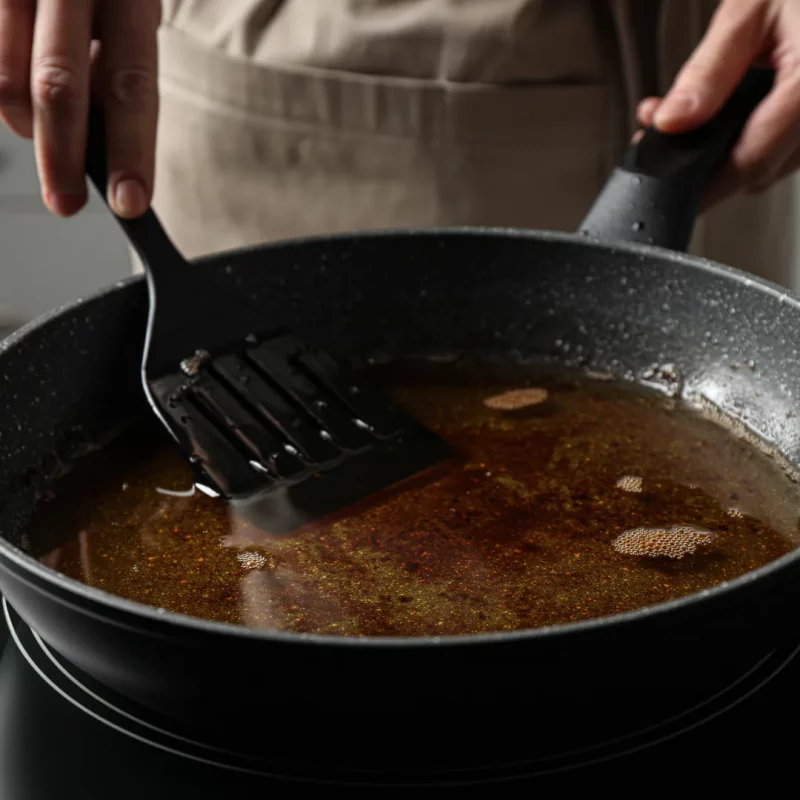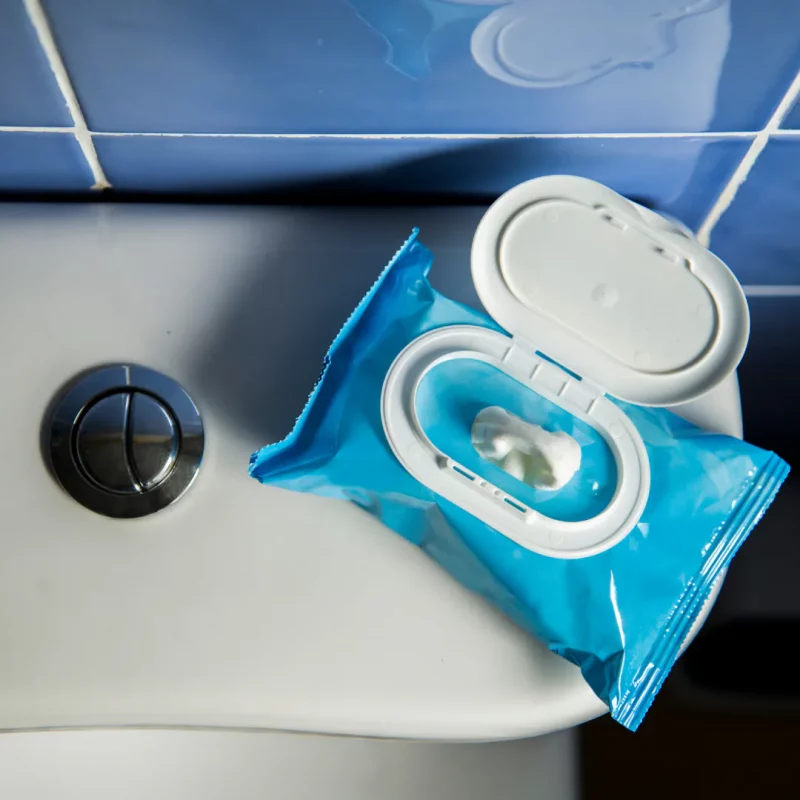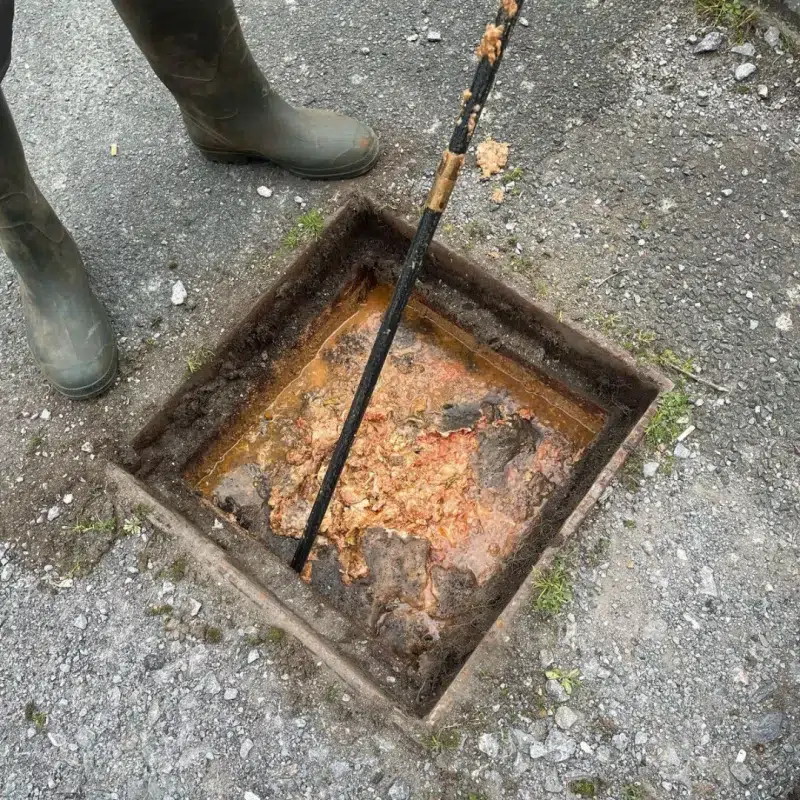DRAINBLOCK SERVICES
How to Remove Fatbergs and Prevent Them Coming Back
Most people don’t think about what happens after they flush the toilet or rinse a pan. But lurking deep in the drainage system, a monster may be growing — and it’s called a fatberg.
These greasy, foul-smelling masses of congealed fat, wipes, and other debris have become a serious problem for households and councils across the UK. But fatbergs don’t appear overnight. And with the right know-how, you can stop one before it becomes a full-blown disaster.
This guide will walk you through what fatbergs are, what causes them, how to spot the warning signs, and how to remove one safely and professionally.
What Is a Fatberg?
A fatberg is a large, solid blockage that forms in drains and sewers when fats, oils, grease (FOG), and non-biodegradable items combine. These masses can grow quickly and become dense enough to block entire pipes, sometimes stretching for several metres underground.
The term “fatberg” is a combination of “fat” and “iceberg” — and that’s accurate. What you see is only a small part of the problem. Most of the damage lies beneath the surface.
Fatbergs are not just urban myths or exaggerated news stories. They have been found in almost every major UK city and are becoming increasingly common in residential drainage systems.

What Causes Fatbergs to Form?
Fatbergs are caused by the wrong things being poured or flushed down your drains.
The main culprits include:
•Cooking oil and animal fat
•Butter, lard, and grease
•Food scraps rinsed off plates
•Wet wipes and baby wipes (even the “flushable” ones)
•Sanitary products and cotton buds
•Coffee grounds and tea leaves
•Soap and shampoo residue in excess
These substances might seem harmless when they disappear down the plughole. But inside the cool, damp environment of underground pipes, they solidify. Once they latch onto other debris, they grow rapidly.
Where Are Fatbergs Commonly Found?
Fatbergs often start forming in narrow, ageing drainage systems — especially in:
• Older residential streets with clay or cast iron pipework
• Kitchen drains that see a high volume of greasy wastewater
• Sewers shared between multiple properties
• Manholes and gully chambers exposed to garden debris
Homes in Plymouth, Devon, and Cornwall are particularly susceptible due to a mix of historical plumbing layouts and increased rainfall pushing debris through outdoor systems.
Why Fatbergs Are Dangerous
Fatbergs aren’t just unsightly. They can cause major disruption to your home, your health, and even your wallet.
Here’s what they can lead to:
• Blocked toilets and sinks
• Sewage backing up into your home
• Foul odours throughout your property
• Flooded gardens or basements
• Pipe damage and long-term infrastructure strain
• Increased risk of pest infestations
For commercial properties or shared rental units, the presence of a fatberg can even lead to legal issues around sanitation and duty of care.

How to Tell If a Fatberg Is Forming
Fatbergs often build silently, but they do leave clues. Catching these signs early can save you from serious hassle.
Watch out for:
• Slow drainage across sinks, baths, or toilets
• Gurgling noises from plugholes or manholes
• Bad smells, especially after using hot water
• Overflowing or bubbling water outside during heavy rain
• Repeated need to plunge or unblock drains
• Rising water levels when flushing the toilet
If these issues keep returning, the problem may lie deeper in your system — where a fatberg is likely forming.
How to Safely Remove a Fatberg
If you suspect a fatberg, here’s what to do (and what not to do).
1. Don’t Use More Chemicals
Pouring drain cleaner on top of a fatberg might dissolve the top layer, but it won’t fix the problem — and could make it worse. Chemicals can erode pipes or react dangerously if mixed with other substances already in your system.
2. Call in a Professional Drainage Team
Fatberg removal is not a job for DIY tools. It often requires:
• CCTV drain inspection to locate the blockage
• High-pressure water jetting to break it up
• Mechanical cutting tools to slice through larger masses
• Safe disposal of waste in line with environmental rules
At Drainblock Services, we specialise in fatberg removal across Plymouth, Devon, and Cornwall. Our no-dig methods mean we can often clear your system without excavating a thing.
3. Check for System Damage
Once the fatberg is cleared, we’ll check your pipes for cracks, root intrusion, or other weaknesses that may have contributed to the build-up. Prevention is always better than repeat callouts.
contact usHow to Prevent a Fatberg from Coming Back
The best way to stop fatbergs is to change what goes down your drain.
Follow these tips:
• Never pour oil, grease, or fat down the sink.
• Wipe pans with kitchen roll before washing.
• Use sink strainers to catch food scraps.
• Only flush the 3 P’s: pee, poo, and paper.
• Bin wet wipes, sanitary items, and cotton buds.
• Use a grease trap or fat catcher if you cook regularly.
• Pour boiling water down the sink weekly to melt any residual grease.
• Schedule an annual drain clean — especially if your home is older.
The Hidden Cost of Fatbergs: Why Acting Early Matters
Many homeowners underestimate the true cost of a fatberg — not just in terms of money, but in disruption to daily life. If caught early, a fatberg might only require a basic jetting session. But if left too long, the consequences can escalate quickly.
Blocked systems can cause wastewater to back up into kitchens, bathrooms, and even bedrooms. This creates an immediate hygiene risk and can damage flooring, furniture, and plasterwork. You might even need to temporarily vacate your home while the damage is repaired and the system disinfected.
Beyond household inconvenience, fatbergs place a massive strain on local sewer infrastructure. Water companies across the UK spend millions each year clearing blockages caused by improper flushing. And many councils are beginning to crack down, especially on commercial premises like restaurants or takeaways that discharge grease into the system.
For businesses, a fatberg incident can result in:
• Forced temporary closure
• Fines or warnings for non-compliance
• Damage to reputation, especially if customer facilities are affected
• Health and safety audits
• Costly emergency callouts
In severe cases, property owners may be held responsible for drainage problems beyond their boundary — especially if multiple households are affected by a shared sewer line.
That’s why prevention is always better than cure. Installing a grease trap in your kitchen, educating your family or staff about proper waste disposal, and scheduling routine inspections can go a long way.
At Drainblock Services, we’ve cleared fatbergs ranging from compact build-ups to multi-metre blockages stretching across entire neighbourhoods. But we’ve also helped dozens of property owners avoid a second callout — just by showing them how to change a few simple habits.
Frequently Asked Questions About Fatbergs
Fatbergs typically give off a strong, rotting smell. It can resemble sewage, mould, or gone-off food — especially near drains or manholes.
Yes. With the right tools, most fatbergs can be cleared using jetting or mechanical cutting through access points like manholes or rodding eyes.
Small blockages can be cleared in under an hour. Larger ones might take several hours, especially if pipe damage needs repairing.
If the root cause (like poor habits or pipe defects) isn’t addressed, fatbergs can return. That’s why post-clearance inspection is essential.
Yes. If they’re left to grow, they can lead to water damage, bad smells, pest activity, and even structural issues from pressure build-up.
Book a Fatberg Inspection or Removal Today
Fatbergs are unpleasant, unhealthy, and costly — but they’re also avoidable. Whether you need urgent help or want to prevent problems before they start, our team at Drainblock Services is ready to help.
We cover homes and businesses across Plymouth, Devon, and Cornwall with:
• Fast-response inspections
• Fatberg removal
• Pipe repair and relining
• Preventative drain cleaning
• CCTV diagnostics


